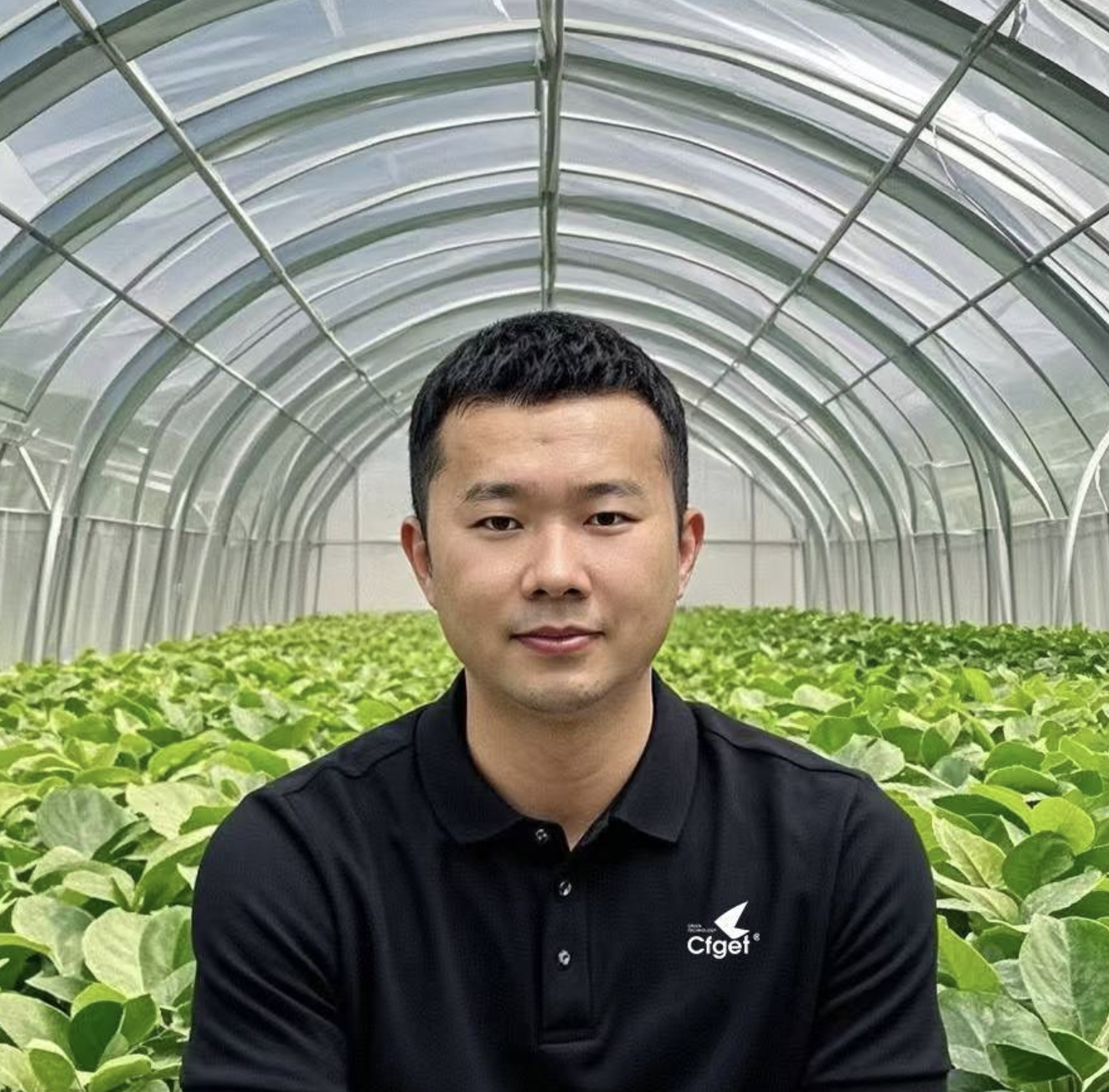In the global effort to combat climate change, the relationship between greenhouses and greenhouse gases has become increasingly important. Greenhouses are not only essential for agricultural production, but they also play a key role in greenhouse gas reduction and climate change mitigation. This article explores the link between greenhouses and greenhouse gases, and how greenhouse technology helps address global environmental challenges.
1. What Are Greenhouse Gases?
Greenhouse gases (GHG) are gases in the atmosphere that absorb radiation from the Earth's surface and reflect it back to the ground. The main GHGs include carbon dioxide (CO2), methane (CH4), nitrous oxide (N2O), and fluorinated gases. These gases contribute to global warming through the "greenhouse effect" and are the main drivers of current climate change.

2. The Connection Between Greenhouse Gases and Agriculture
Agriculture is one of the major sources of greenhouse gas emissions, particularly methane and nitrous oxide. These gases mainly come from livestock, rice fields, fertilizer use, and soil management. However, greenhouses in agriculture not only contribute to emissions but also have the potential to reduce greenhouse gas emissions by optimizing resource use and production processes.

3. How Modern Greenhouse Technology Helps Reduce Emissions
As greenhouse technology advances, greenhouses can reduce emissions in the following ways:
① Smart Energy Management Systems
Modern greenhouses use renewable energy sources like solar and wind power, which reduces reliance on fossil fuels and lowers CO2 emissions. Smart control systems adjust temperature, humidity, and light according to plant needs, further optimizing energy efficiency.
② Efficient Water Systems
Advanced drip irrigation and water recycling systems help reduce water waste inside greenhouses, which in turn reduces the indirect carbon emissions from the energy used by pumps and other equipment.
③ Carbon Capture Technology
Modern greenhouses can implement carbon capture and storage (CCS) technology, using CO2 produced in the process to enhance plant growth. This helps reduce the overall release of greenhouse gases.
④ Reduced Use of Pesticides and Fertilizers
By using organic fertilizers and biological pest control methods, greenhouses can significantly cut nitrous oxide emissions from nitrogenbased fertilizers. The controlled microenvironment in greenhouses also lowers the need for chemical inputs, reducing related emissions.
4. The Potential of Greenhouses in Carbon Neutrality
In the future, greenhouse agriculture has great potential in driving the carbon neutrality agenda. Through efficient production and management practices, greenhouses can significantly reduce their own emissions and even absorb CO2, achieving "negative emissions" in the agricultural process. For instance, some innovative projects are exploring the combination of greenhouse farming with carbon capture technologies to create a sustainable cycle.

Greenhouses are more than just agricultural facilities; they are also key tools in combating climate change. Through modern technology and innovative management, greenhouses can effectively reduce greenhouse gas emissions and contribute to the global goal of carbon neutrality. Chengfei Greenhouse is committed to developing more environmentally friendly and energyefficient solutions, supporting global green agriculture and environmental protection efforts.
Welcome to have a further discussion with us.
Email: info@cfgreenhouse.com
Phone: (0086) 13980608118
· GreenhouseGases
· ClimateChange
· CarbonNeutrality
· SustainableAgriculture
· GreenhouseTechnology
Post time: Sep-25-2024






 Click to Chat
Click to Chat